The second industrial revolution brought a major boom in the production of fabricated metals using the Bessemer Process. These sheets were used for bridge construction and other mechanical parts. An increase in the demand for these fabricated parts led to the introduction of press brakes.
The first press brakes were hand-operated and required a lot of manual force, but all of that changed with the introduction of the hydraulic press in the 1960s. Today, press brakes are used for metal bending, folding, and punching, among various other applications. If you own a fabrication shop, learning how to choose the right press brake is vital to delivering precise and consistent results. This guide will walk you through these processes and introduces you to the various press brake machines available today.
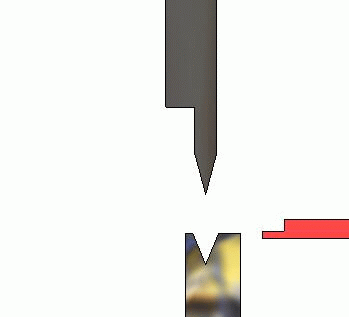
The Purpose of Press Brakes
There are a host of purposes a press brake can serve in your factory. Before buying a press brake, you need to be clear about what you need it and will be using it for. What industry does your company specialize in? What properties does the metal sheet possess? What type of bending is needed? Also, how many parts need to be produced daily?
For workers who have been outsourcing plating projects, an in-house press brake delivers better production quality, ultimately enhancing work results and minimizing failed projects. Additionally, unlike other machines which crop out most metal parts, press brakes work with a high level of precision that minimizes any material wastage.
If your work function involves punching rows of holes, or folding small portions of metal sheets over each other to form thicker ones (hemming), the role of a press brake can’t be carried out by another.
Choosing a Press Type
The variety of press brake types have expanded. Unfortunately, no single model can do it all. This is due to a difference in metal parts, size, length, and thickness. Ensure that you know the properties of the metals used frequently in your fabrication shop to pick the right option that meets the level of work performed.
The perfect press brake will bend out thick metal sheets in no time. Here are the various varieties of press brakes to pick from.
Press Brakes are measured in force by tonnage, so before you start your buying journey you need to know a rough range of the tons of force required for your job.
Hydraulic Press Brake
A hydraulic press brake is the oldest type of press brake and surfaced in the 60s. The working principle of this press type relies on converting electric energy to fluid power using a 3 phase AC motor. Its configuration is limited; it can either move up, down, at low or high speed before coming to a stop. Hydraulic Press Brakes can handle the heaviest workloads, typically ranging from 10-300 tons, however they manufacturer hydraulic press brakes in sizes up to 3000 tons and 50 feet in length.
There are no means of speed control, and the ram repeatability is at a degree of +/-1. Only a few technical bits went into this and serves its primary purpose of punching holes. Acceleration and deceleration are slow here. This makes it a bad choice for air bending.
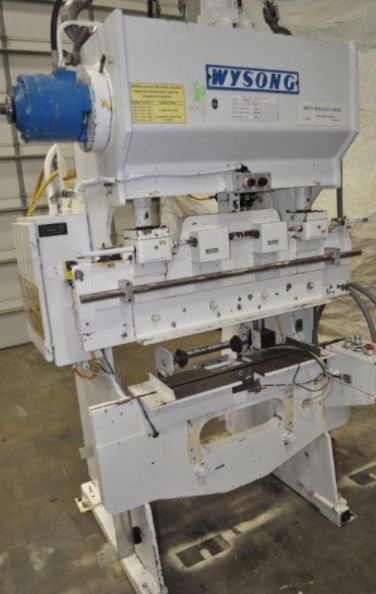
Electric Press
The electric press is more multi-directional than the hydraulic. Electrical energy is converted into linear motion that dictates ram speed, movement, and position. Ram movement is done with a computer and not manual effort. This has improved movement over the hydraulic by offering a ram repeatability degree of +/- 0.0004.
To top it off, the electric press is affordable and emits high energy to speed up acceleration, it also has no need for hydraulic oil, therefore no oil leaks. On the flip side, protection gears need to be provided when working with this. They are also typically smaller than hydraulic press brakes coming in under 50 tons, although some of them go up to 300 tons.
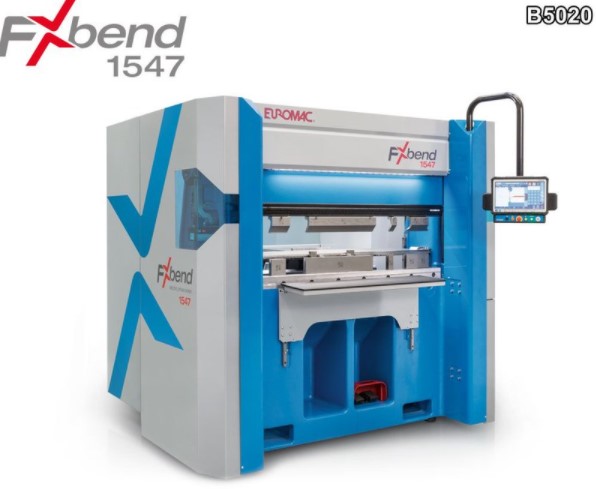
Hybrid Press
Think of the hybrid press as a combination of the hydraulic and electric press. It enforces the working principle of the hydraulic press but works by using an electric motor. The presence of an electric motor minimizes the lapses of a hydraulic system. Hybrids typically use a servo electric drive to control the hydraulic flow to the cylinders. Electrics and hybrids are better suited to smaller tonnages ranging from 30 to 80 tonnes for electrics and 90 to 250 for hybrids.
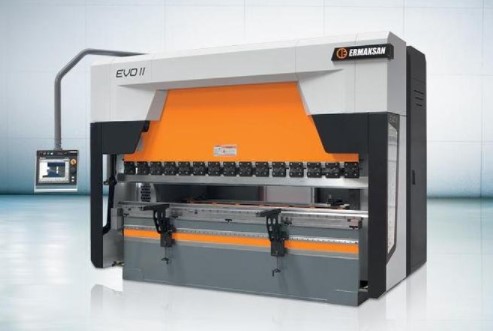
Air / Pneumatic Press
A Pneumatic press is a hand-operated machine whose quality of work depends on the manual force injected. Therefore, the workload is dependent on a lot of human factors. This machine is powered and supported by gas or pressurized air.
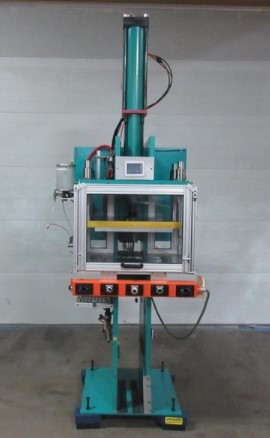
Mechanical Press
Typically called the “manual press brake.”. Its usage is limited in the modern world. It was the perfect machine for companies in the ” dinosaur” age and was made for punching and coining operations. Even though it has a fast cycle time, manual effort is required to clock 60 cycles in a minute. It’s physically draining and requires technical know-how.
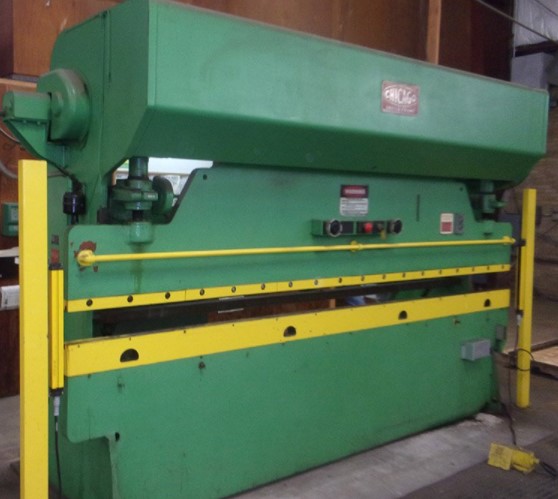
Sheet Metal and Box & Pan Brakes
A Sheet Metal Brake is the most commonly used hand brake in the sheet metal industry when one or two bends are required. However they cannot handle bends on flanges more than 1”.
Box & Pan Brakes (Also known as the finger brake) come in handy when the sheet metal brake fails. This brake type helps with the creation of complex metals to create box-shaped pieces. The machine has finger-like lines that you can use to remove the bends produced by the device. These are typically measured by “gauge” which is the thickness of the steel or aluminum you are working on.
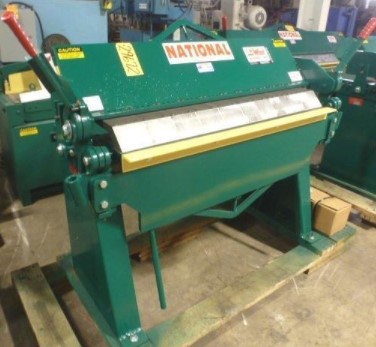
Apron and Hand Brakes
It is not the most popular brake, but apron and hand brakes do a decent job at bottom bending in thin metal sheets. It is capable of pressing steel sheets into both simple and more complex shapes.
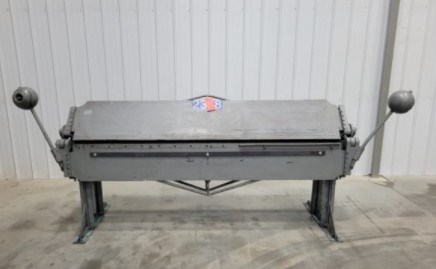
What Parts are You Going to Produce?
While there are many solutions for metallic bending, you have to narrow it down to your needs and budget at the end of the day. For instance, the hydraulic press works best on stainless steel and performs bending, molding, and clinching operations. If you want to produce durable parts from tiny sheets, a hydraulic press will be helpful.
However, if you want to make a truck bumper or fence post, mechanical presses are the best fit because of their precision. In general, an electric press is ideal for speed and accuracy. You will need them if you’re pressed for time and need to deliver large pieces per day.
What type of bending should you choose?
We have three major types of bending – air bending, bottom bending, and coin bending. The type of machine you use for each of the three methods is different. For example, in air bending, the machine will come in contact with only the edge of the metal sheet or tip of a punch.
This type of bending is best achieved in machines with reduced capabilities. Air bending is done by modern press brakes such as the pan brakes and electric press. On the other hand, you will require machines with a range of ram repeatability and a high level of precision and energy to achieve bottom bending.
The machine should be powerful enough to limit the spring-back effect from air bending. This is where electric press machines can be helpful. Lastly, coining bend is achieved on older machines by using mechanical parts.
Choosing the right Press Brake
Before choosing a press brake for metal fabrication, you need to analyze the bending projects you will be doing and the right workpiece for achieving this. The first question every metal fabricator will ask is: what’s the nature of the material? What are the length and thickness? What kind of bend is needed? Also, what are the number of items that need to be produced daily?
Having this specification in mind will help you narrow down the ideal press brake for your fabrication projects.
Material Type & Thickness
Press brakes are graded by their ability to handle different materials. Remember, you will require more force to bend thicker sheets than thinner ones. To determine the right bend for each type of material, you can look up some bending charts for metal sheets.
Maximum Material Length
What’s the length and width of the metal sheets you will be working on? Is it 10 inches? 12 inches? Or 14 inches wide? Note down the answer to this question to determine the width your press brake can cover. For example, it’s difficult to work on a 12 inches wide sheet with a 10 inch flange.
Complexity of Bends
For fabricators who work on metal sheets that require simple 90 degrees bending, a simple press brake with a CNC X-axis control gauge will do. However, when making bends on complex parts such as electronics enclosures, you will need machines with more advanced controls and ram repeatability. For this, you need machines equipped with additional gauge and 3-4 axis setup.
Accuracy of Bend
The level of accuracy of a bend depends on the thickness of the material being worked on and the likelihood of spring back. How you tweak the machine settings to handle material complexity will determine its accuracy.
Typically, in most machines, precision grounding tools help you repeat the same configuration and steps anytime you load a new sheet into the machine. Adding manual crowning devices replaces the need to figure out the right working angle every time.
Number of Parts Required Per Day
The number of parts you need to produce in your workshop daily will determine the type of press brake to go for. For instance, it’s difficult to create large volumes with older press machines such as the mechanical or pneumatic press. If you need to produce a large number of parts quickly, a press with automation is needed.
Press Brake Operator Skill Level
Also, you need to evaluate your skill level before buying a press brake. Typically, your technical know-how comes into play when learning how to operate a press brake machine you’ve never used before. A lot of force is needed to move manual-operated machines, even though you will need less technical know-how.
However, modern machines which support automation will do most of the heavy lifting for you. Hence, you have little thinking to do. The more control your machine allows, the better the result and precision.
Accessories for Press Brakes
Below are a few accessories to make metal bending or folding easier. Every fabrication workshop will likely have a number of these accessories for their press brakes, including:
- Dies – Press brake dies are tools used by the press brake to form a workpiece into a particular shape.
- Crowning systems – These systems allow you to compensate for the deflection that may occur in the ram and table of the press brake when pressure is applied. This helps avoid workpiece deformation.
- Squaring Arms – These gauges and arms typically attach magnetically and allow for easier forming of small parts.
- Security clamps – These clamping systems were designed to increase safety and efficiency while allowing much faster setup times.
Real-World Applications of Press Brakes
Press brakes have widespread usage. They are needed in any industry where metal fabrication is required. Hence, they are used to manufacture a lot of metal parts in automobiles, aerospace, and several fields in engineering. This is possible due to the diverse nature of these machines.
Tips for Finding Press Brakes on Surplus Record
It’s always best to use a trusted source when making a larger purchase such as a press brake. Once you’ve determined the type of press brake you or your business needs, finding one on Surplus Record is easy! With our newly redesigned website, searching is easier than ever before. You can use the search bar in the header of our website to perform a basic search. Simply type in “press brake” or narrow it down by either hydraulic, CNC, or mechanical.
Manufacturers include Amada, Cincinnati, Accurpress, Trumpf, Ermak, and more.
We also work with a variety of dealers who specialize in press brakes of various types. You can find dealers in your area or by name who specialize in press brakes.

